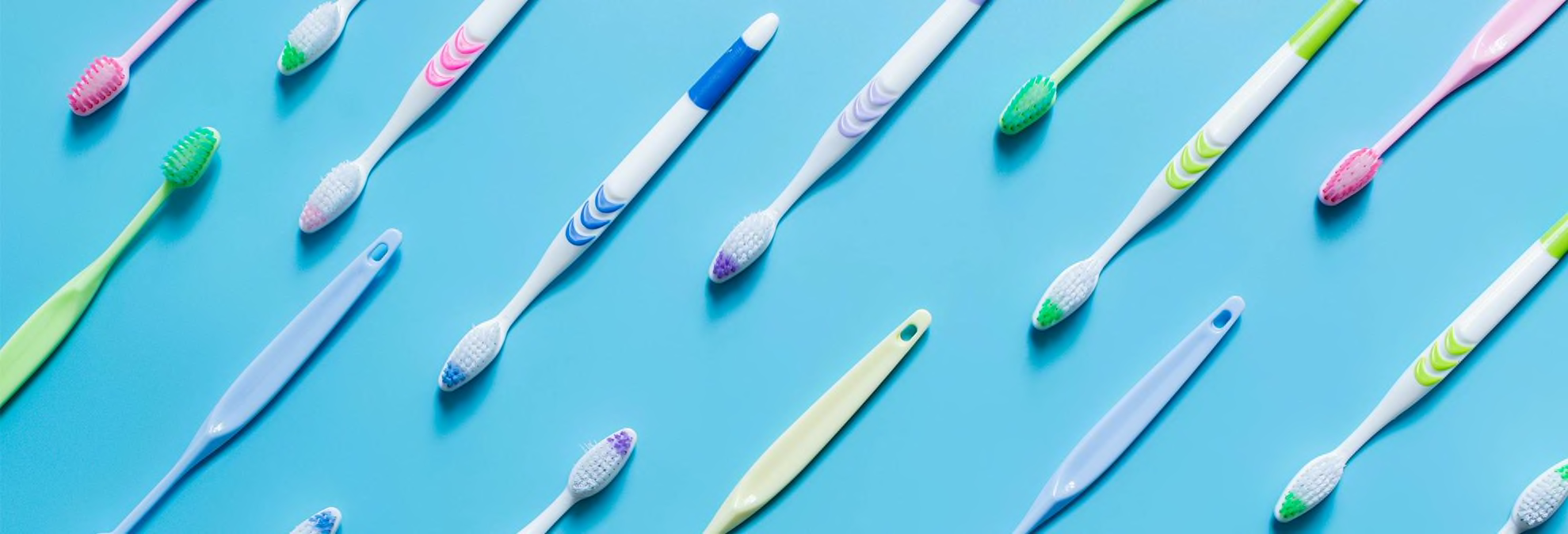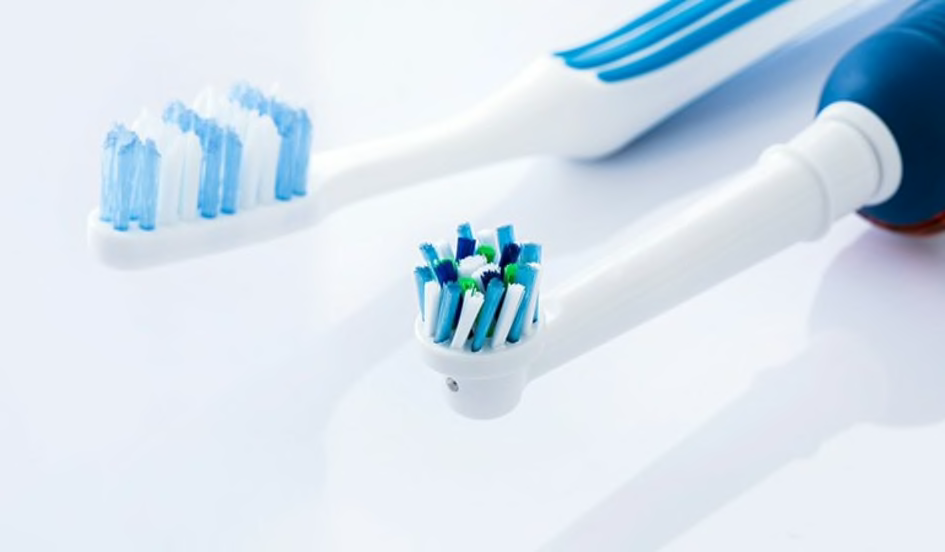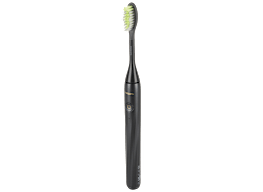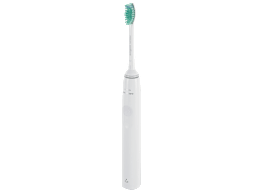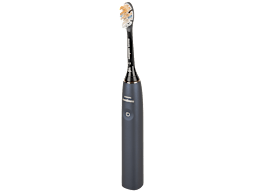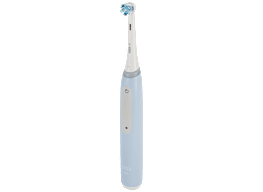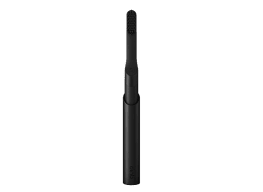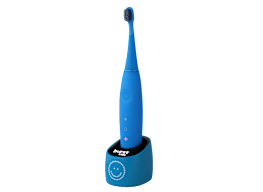Whichever brand of toothbrush, toothpaste, or floss you choose, using proper brushing and flossing techniques is critical for adequately removing plaque, which causes cavities and gum disease.
Brushing Basics
What to use: Choose a brush with soft bristles, which are gentler on the gums and may clean better because they’re more flexible. The brush design does not appear to influence effectiveness, so choose any one you like.
How often: Brush twice a day, for 2 minutes each time. And rinse your mouth after eating sugary or starchy snacks.
How to brush: Hold the brush with the bristles angled 45 degrees toward the gum line, so one row of bristle tips can slip slightly under the gums. Jiggle the brush head with a short, vibrating motion, then move on to the next spot. When using a powered brush, you can simply set it against two teeth at a time as you methodically move around your mouth. Finally, scrub the chewing surfaces.
Brush gently to avoid harming the gums; removing plaque doesn’t require much pressure. Brush both the outer and inner surfaces of your teeth and the tops of molars. Brush your tongue, too, to remove bacteria and freshen breath (or use a tongue scraper, sold at drugstores for about $1).
Flossing Fundamentals
What to use: All flosses clean effectively.
How often: Floss once a day to remove plaque and food particles your brush can’t reach.
How to floss: Break off about 18 inches of floss and wind most of it around a finger; wind the rest around the same finger on your other hand. Use a careful sawing motion to slide the floss between your teeth down or up to the gum line; then gently move the thread slightly under the gums. Next, curve it into a C shape against the side of one tooth and sweep it up and down. Repeat for both sides of each tooth, unwinding clean floss from the first hand.
















